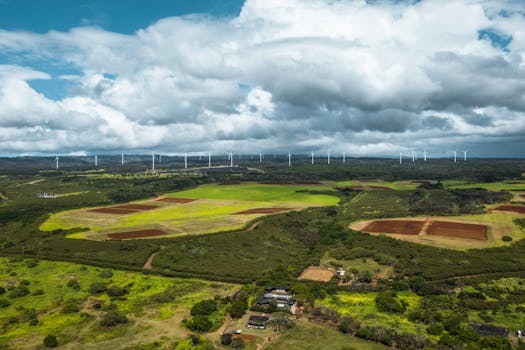
High-Tech Horizons: The Evolution of Earth-Orbiting Technologies for Observation – Earth-Orbiting Technologies
Earth-Orbiting Technologies have come a long way since the launch of the first artificial satellite, Sputnik, in 1957. Today, these technologies play a vital role in various fields, including environmental monitoring, weather forecasting, communication, and navigation. The evolution of Earth-orbiting technologies has revolutionized the field of observation, enabling us to monitor and understand our planet like never before.
The first Earth-orbiting satellites were primarily used for military and scientific purposes. However, with the advancement of technology, their applications expanded to include commercial and civilian uses. The launch of the first Landsat satellite in 1972 marked the beginning of a new era in Earth observation. Landsat was designed to collect data on the Earth’s natural resources, including land use, forestry, and water resources.
Advancements in Satellite Imaging
One of the significant advancements in Earth-orbiting technologies is the development of high-resolution satellite imaging. Satellites like IKONOS, launched in 1999, and GeoEye-1, launched in 2008, have pushed the boundaries of spatial resolution, allowing us to capture detailed images of the Earth’s surface. These images have numerous applications, including urban planning, disaster response, and environmental monitoring.
The development of synthetic aperture radar (SAR) technology has also enhanced our ability to observe the Earth. SAR satellites, such as Radarsat-2 and TerraSAR-X, can capture high-resolution images of the Earth’s surface, regardless of weather conditions or daylight. This technology has proven to be particularly useful for monitoring sea ice, tracking oil spills, and detecting changes in land use.
Earth Observation Constellations
In recent years, there has been a growing trend towards building Earth observation constellations. These constellations consist of multiple satellites working together to provide frequent and high-resolution imagery of the Earth. One example is the Planet Labs constellation, which comprises over 100 satellites in orbit. This constellation provides daily imagery of the entire planet, enabling users to monitor changes in the environment, track crop health, and detect natural disasters.
Another example is the DigitalGlobe constellation, which includes satellites like WorldView-4 and GeoEye-1. This constellation provides high-resolution imagery with spatial resolutions of up to 30 cm. The imagery from these satellites has numerous applications, including mapping, urban planning, and disaster response.
Conclusion
In conclusion, the evolution of Earth-orbiting technologies has revolutionized the field of observation, enabling us to monitor and understand our planet like never before. From the early days of Sputnik to the current era of high-resolution satellite imaging and Earth observation constellations, these technologies have come a long way. As technology continues to advance, we can expect even more innovative applications of Earth-orbiting technologies, enabling us to better understand and manage our planet’s resources.

